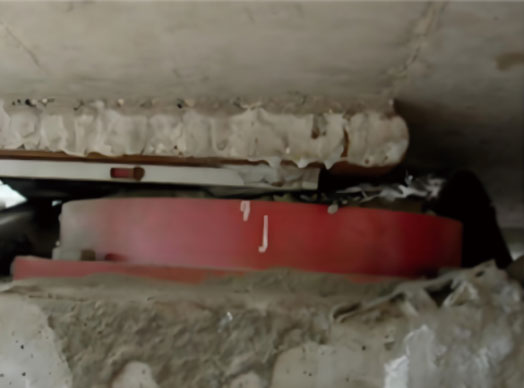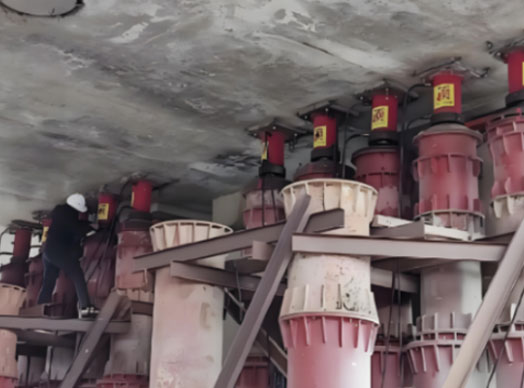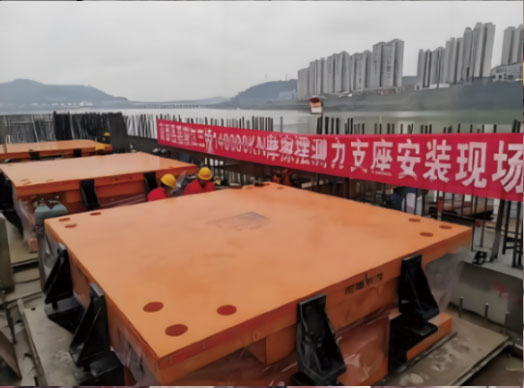
TWINSA
Engineering Challenge
Reveal Boundary Force
Managing Critical Connectors:
Practices and Limitations
Proper maintenance of critical connectors prevents structural failures. Regular inspections and repairs maintain balanced load distribution, avoiding deformations, cracks, or collapse. Without proactive maintenance, structural failure becomes more likely, resulting in costly repairs and loss of integrity. Proper maintenance is essential for structural safety and longevity.
Problem Identification
Irregularities in the performance of critical connectors are typically identified through irregular deformations, cracks, and vibration changes in the structure. These issues often relate to the load on these connectors, as they serve as reaction points within the structural system. Regular visual inspections can also identify visible damage to the connectors themselves, allowing for timely intervention before the issue worsens.
Mitigation
When a bearing experiences load imbalance, shim plates are used to adjust the height and redistribute the load. Damaged bearings are replaced, and in both cases, synchronous lifting is essential to prevent additional stress on the structure.For cables, such as those in cable-stayed, suspension, or arch bridges, temporary support cables are used during replacement to avoid overloading adjacent cables. Damaged cables are replaced with proper load management to ensure balanced load distribution.
In the case of large bolts, particularly in cable clamps, tensioning is often required to handle high forces, and damaged bolts are replaced to restore load balance.
Limitations
Late Detection: Damage is often identified only after it has progressed, making it difficult to intervene early. Assumption-Based Mitigation: Mitigation plans, such as adjusting bearing height, rely on assumptions that may not always be accurate. Resource-Intensive: Procedures like synchronous lifting or replacing large components can be time-consuming and costly. Traffic may also need to be stopped due to the delicacy of the operation.Feasibility and Caution: The adjustment and replacement of critical connectors must be handled with caution, as these actions alter the load distribution within the structure. Poor execution can lead to further damage. Additionally, in megastructures, some mitigation plans may be unfeasible due to space constraints or other limitations.

Bearing failures are usually late signs of damages

Synchronous lifting is costly and may cause further damage to the structures if not properly executed











